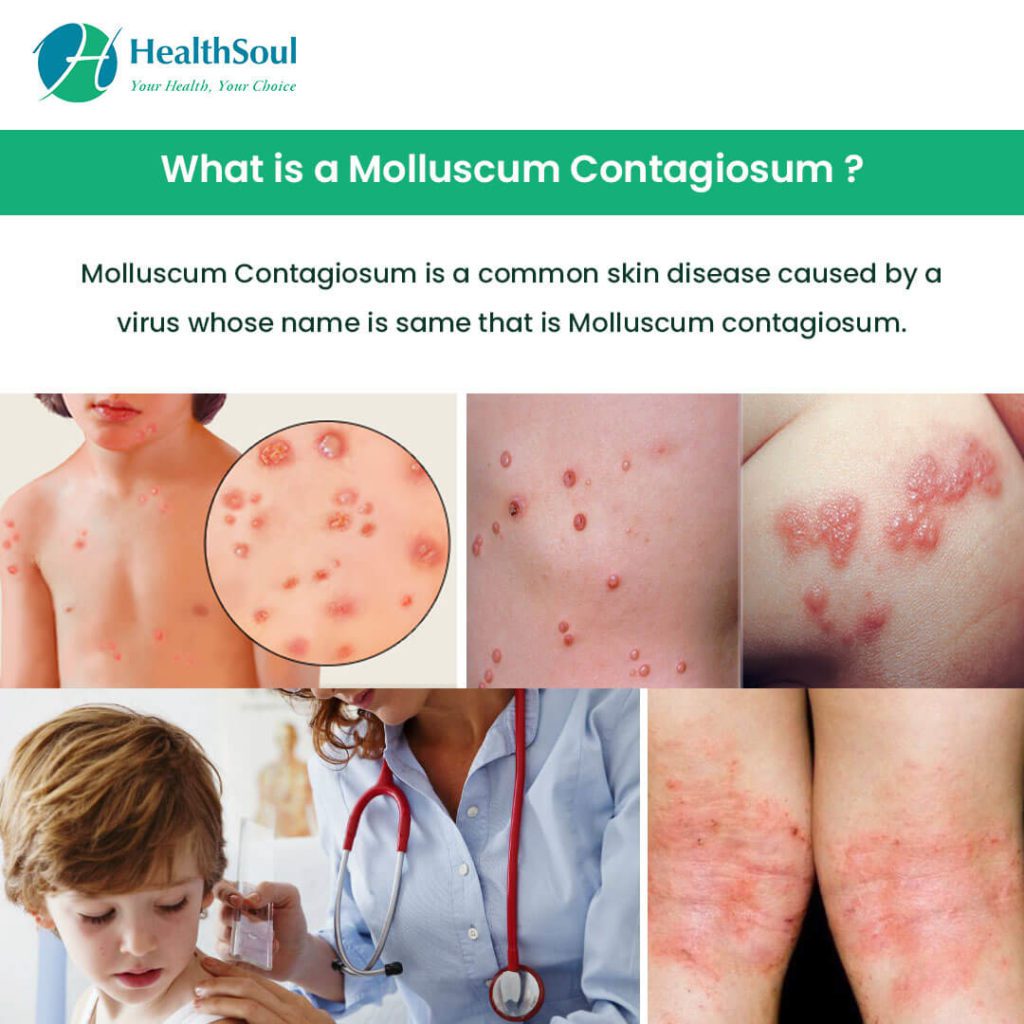
This post was written by Dr. Farhana Hamid-Scanlin, DNP, FNP-BC, APNP. Dr. Hamid-Scanlin is a board-certified family nurse practitioner at the Beloit Area Community Health Center.
Proper hygiene key in preventing this skin virus

With children now back in school, practicing good hygiene has never been more important. While catching colds and stomach viruses may be common in the first few weeks of school, parents need to keep an eye out for the skin virus molluscum contagiosum.
Although the virus can affect people of all ages, it is most common in children. The infection derives from the poxvirus and is easily transmittable through direct skin-to-skin contact. Molluscum contagiosum can also be acquired through sharing of linens, clothes and toys that have been touched by an infected person.
Symptoms of the virus are small, raised, firm lesions that are usually white or pink in color. The lesions will have a pit or dimple in the middle and can vary in sizes from a tiny pin to the top of a pencil eraser. The lesions may show up alone or in groups and can appear on any part of the body. The lesions themselves are not painful but can sometimes be itchy and become red or swollen. The virus does tend to stick around for a while ranging from anywhere from six months to year but sometimes longer.
Your medical provider can visually diagnose molluscum contagiosum with a physical exam. Oftentimes, no treatment is needed to treat the lesions, however, preventing transmission of the virus is important. Your provider will assess the severity of the lesions and treatment may vary from removal of the lesions, cryotherapy, to topical therapy.
Practicing good hygiene habits is the best way to prevent molluscum contagiosum from affecting you or spreading it to others. If you do become infected, do not pick or scratch at the lesions, as this can spread further spread the virus to other parts of the body. Keep the affected areas covered and avoid close contact with others. Since the virus lives only on the skin, once the lesions clear up, so does the virus and you will no longer be considered contagious.













